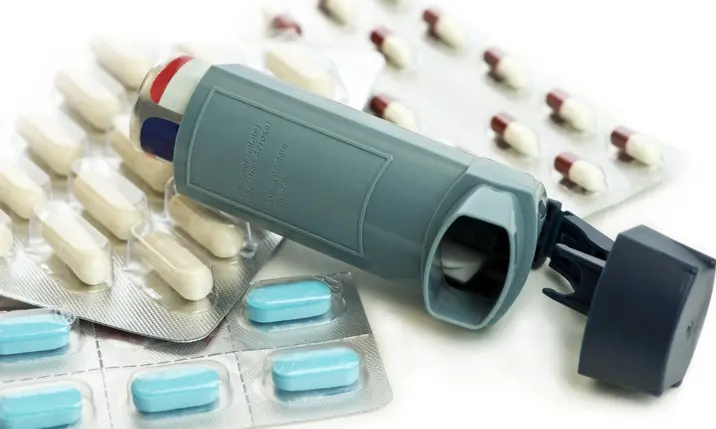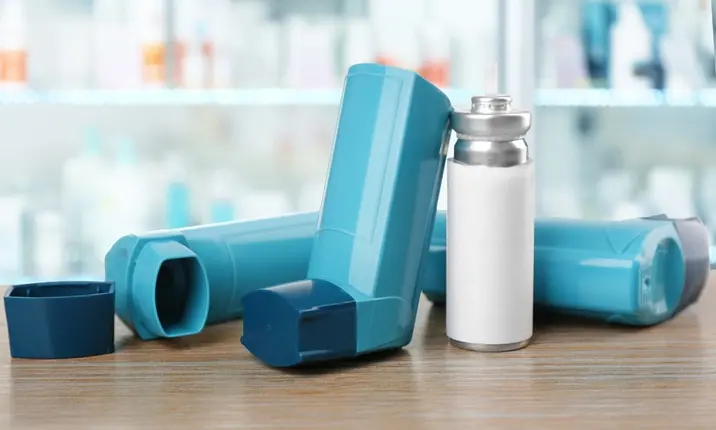Did you know that in Singapore, about 5% of adults and 20% of children suffer from asthma? Asthma attacks usually manifest themselves as a feeling of breathlessness, accompanied by constant wheezing and coughing. They can be triggered by cold and dusty environments, cold drinks or exercise.
What happens with exercise-induced asthma (EIA) is that the breathing tubes go into spasm during exercise, leading to chest tightness, coughing, wheezing or feeling dizzy. That's enough to put a stop to any exercise routine. But it doesn't mean you have to avoid rigorous exercise for the rest of your life.
Treating EIA could simply be a matter of taking the correct medication to control the spasms in your breathing tubes, so you can exercise to your full potential.
If you think you may have EIA, see a specialist to find out more about your condition.
Myth #1: I shouldn't exercise because I have asthma
Fact: Many world-class athletes have asthma – footballer David Beckham and tennis players Petra Kvitova among them. The good news is there are very effective medications which control symptoms enough to allow asthmatics to continue exercising. Exercise is beneficial to all, including those with asthma.
Myth #2: I'll outgrow asthma
Fact: Asthma is a chronic condition, and partly genetic. Although many children seem to grow out of asthma, at least half continue to have symptoms as adults, or experience a recurrence in their 30s. It's also common to develop asthma as an adult even if you didn't have it as a child.
Myth #3: I have to live with my asthma symptoms
Fact: Asthma is essentially an inflammation of the airways. A regular dose of the right medicine can relieve that inflammation. A vast majority of asthmatics lead an active life – even one that involves vigorous exercise – with minimal symptoms.
Myth #4: I only need to take quick-relief inhalers to control my asthma symptoms
Fact: Quick-relief inhalers (such as Ventolin) help to open the airways temporarily, but don't control the underlying inflammation – and so the asthma attacks keep coming. Other types of inhalers, typically containing steroids, are safe and not only control but also prevent symptoms. For these to work well, they have to be taken regularly (once or twice a day) – not only during an asthma attack.
Myth #5: Asthma medications contain steroids, which are bad for me
Fact: It's true that steroids are the best medicine for asthma. However, the steroids are inhaled, and mostly deposited in the airways. Very little is absorbed into the rest of the body. Multiple scientific studies have proved that inhaled forms of steroids are safe for long term use, even in children.
So now we know: asthma and exercise can co-exist. On that encouraging note, you can get going to the gym, and remember these tips so you will never be stopped by asthma again:
- Include a good warm-up and warm-down in your exercise routine
- Stay well-hydrated
- Ensure your asthma is well-controlled with medication
If you'd like to learn more your asthma condition, make an appointment with a specialist.















